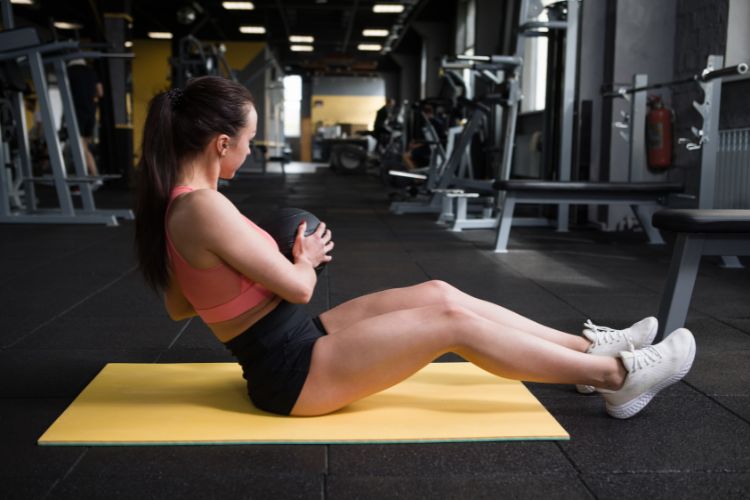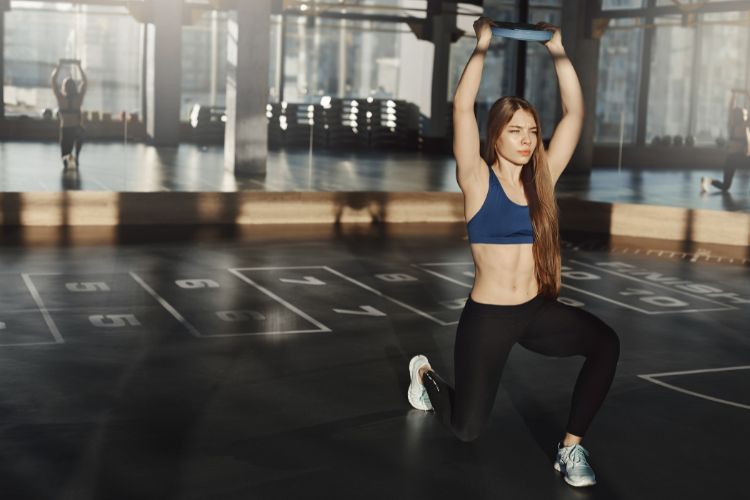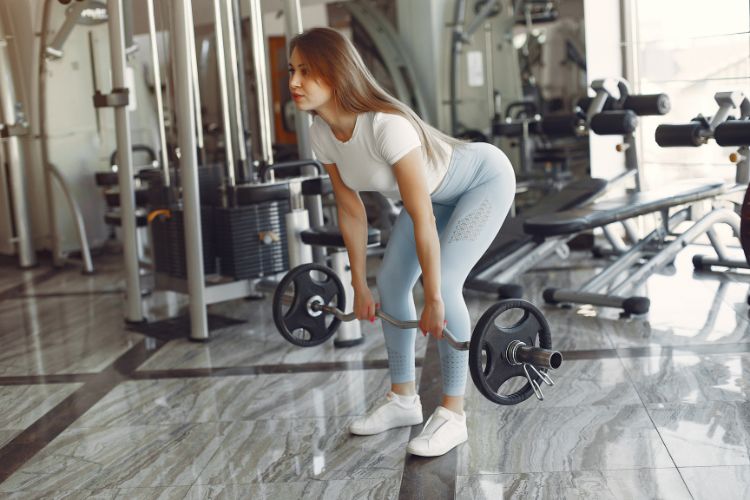Sign up for workout ideas, training advice, reviews of the latest gear and more.






In recent years, resistance exercise has emerged as one of the most effective ways to sculpt the body, enhance fitness, and boost overall health. Contrary to some lingering misconceptions, lifting weights is not just for men or those wanting to build large muscles. Resistance exercise offers a slew of benefits for women, irrespective of age or fitness level. Here’s a deep dive into why every woman should consider integrating resistance exercises into her fitness regimen.
One of the primary myths surrounding women and weightlifting is that lifting heavy will make them “bulky”. The reality is that women typically have lower testosterone levels than men, making it challenging to gain large muscles. Instead, resistance training often results in a toned appearance, tighter skin, and lean muscle mass. By using weights and resistance bands, women can achieve the sculpted body many crave without the bulk.
Women are at a higher risk of developing osteoporosis, especially post-menopause. Resistance exercise is one of the most effective ways to combat this. When you engage in resistance training, you’re not only strengthening your muscles but also your bones. This type of exercise increases bone density, thus reducing the risk of fractures and osteoporosis in the later stages of life.
With age, our metabolic rate slows down. Resistance exercise offers an excellent way to counteract this natural decline. Muscle tissue consumes more calories than fat, even at rest. Thus, as you build lean muscle, your resting metabolic rate increases. This means you’ll be burning more calories throughout the day, aiding in weight management and fat loss.
Strength isn’t just about lifting heavy weights in the gym. It’s also about carrying groceries, playing with your kids or grandkids, and going about daily tasks with ease. Resistance exercise improves functional strength, making everyday activities easier. This is especially crucial as we age, ensuring continued independence and a higher quality of life.
Engaging in any form of exercise releases endorphins, the body’s natural mood enhancers. Resistance exercise, with its measurable progress in strength and physique, offers a unique confidence boost. As you conquer heavier weights and witness physical changes, your self-esteem gets a natural uplift. Plus, regular workouts can combat symptoms of depression and anxiety.
Recent studies suggest that resistance training can have significant cardiovascular benefits. It helps in reducing the risk of heart disease by improving cholesterol levels, blood pressure, and blood sugar levels. Moreover, by enhancing insulin sensitivity, resistance exercise can play a role in preventing type 2 diabetes.
Joining a gym or a resistance exercise class can connect you with a community of like-minded individuals. This camaraderie offers a source of motivation, inspiration, and support. Sharing goals, progress, and challenges with others creates a sense of belonging and encourages persistence.
If you’re new to resistance exercise, here are a few steps to get started:
Educate Yourself: Before diving in, it’s essential to familiarize yourself with the basics. Consider hiring a personal trainer, even if just for a few sessions, to learn the proper form.
Start Slow: Begin with light weights or resistance bands, and focus on mastering the technique. As your strength improves, you can gradually increase the weight.
Listen to Your Body: Ensure you’re allowing your muscles adequate rest between sessions. If you feel pain (not to be confused with the typical soreness after a workout), it might be a sign that you’re overdoing it or not using the proper form.
Resistance exercises can be diverse, allowing for a personalized approach depending on individual goals. But what does this entail?
Resistance training isn’t just about dumbbells and barbells. There’s a plethora of equipment and methods available:
Free Weights: These are great for functional strength as they don’t restrict your movement to a specific path. Dumbbells and barbells fall into this category.
Resistance Bands: These are portable and versatile. The tension can be adjusted, and they’re excellent for home workouts. (Resistance Exercise)
Machines: Found at gyms, these are designed to target specific muscle groups. They’re particularly useful for beginners or those recovering from injuries as they offer more controlled motion.
Body Weight: Often overlooked, bodyweight exercises like push-ups, squats, and lunges are forms of resistance training. They’re functional and can be done anywhere.
While resistance exercises focus on building muscle, they can also be blended with cardiovascular elements. Circuit training, where short bursts of high-intensity cardio are interspersed with weightlifting, is a prime example. This fusion ensures a well-rounded workout, targeting stamina alongside muscle building.
It’s not merely about lifting; it’s about focusing on the muscle being worked. This connection can amplify the effects of resistance training. By visualizing the contraction and paying attention to form, one can optimize results and minimize injury risk.
Building muscle requires fuel, and the right kind at that. Women often need more protein when engaging in resistance training to repair and grow muscles. A balanced diet, rich in lean proteins, healthy fats, and complex carbohydrates, complements the hard work done in the gym. Some may also consider supplements like protein powders or amino acids, but always consult with a nutritionist or physician before starting any supplementation.
As with any exercise routine, there may come a time when progress seems stagnant. This is natural. Our bodies adapt, and what was once challenging becomes more manageable. When this happens, it’s essential to shake things up. This could mean increasing the weight, changing the exercise, or modifying the number of repetitions and sets. Keeping the body guessing ensures continuous progress.
Many women wonder about the safety of resistance training during pregnancy or post-delivery. When done under proper guidance and with physician approval, resistance exercises can offer benefits like improved posture, reduced back pain, and faster postnatal recovery. It’s paramount, however, to listen to one’s body and make modifications as needed.
Post-menopause, women may experience muscle loss, reduced metabolism, and increased fat accumulation. Resistance training can be a powerful tool during this phase, helping to counteract these changes. It aids in preserving muscle mass, maintaining metabolic rate, and promoting better weight management.
Beyond the physical benefits, resistance exercise for women has profound effects on overall well-being. Regularly overcoming challenges in the gym can translate to increased resilience in daily life. The discipline and consistency required foster a mindset that can be applied in professional and personal spheres. Plus, achieving fitness goals often makes one more likely to set and pursue other life goals.
As women, it’s essential to remember that our bodies are capable of incredible feats. Resistance exercise is not just about aesthetics, although that can be a pleasant side effect. It’s about harnessing our power, understanding our potential, and nurturing our physical and mental well-being. With each weight lifted, we’re not just building muscle; we’re building a stronger, more resilient version of ourselves.
So, whether you’re picking up a dumbbell for the first time or are a seasoned weightlifter, celebrate the journey. Each rep, each set is a testament to your strength and commitment. Resistance exercise is a gift, one that keeps on giving in numerous ways, and it’s one that every woman deserves to experience.
Stay up to date on the latest women’s health, fitness and lifestyle trends and tips.